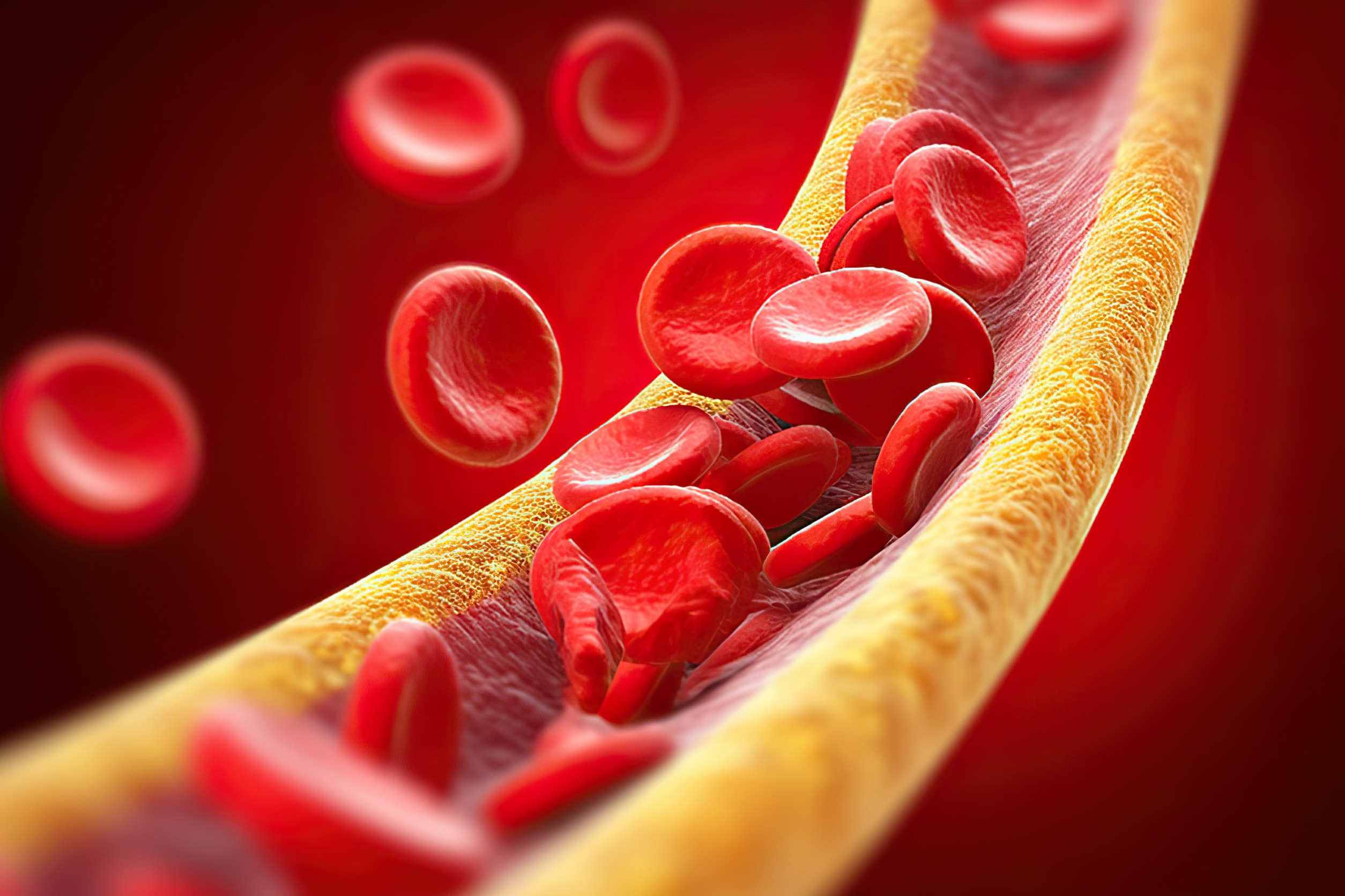When it comes to managing cholesterol levels for cardiovascular health, medications often play a vital role. Bile acid sequestrants are a class of medications that work differently than other common cholesterol medications such as statins. By binding to bile acids in the intestines, these medications help reduce cholesterol absorption, resulting in overall lowered LDL (low-density lipoprotein) cholesterol levels. Common bile acid sequestrant medications include cholestyramine, colestipol, and colesevelam.
Understanding Bile Acid Sequestrants:
Bile acid sequestrants work by binding to bile acids in the intestines. This forms a complex that is discarded by the body via stool. This process interrupts the circulation of bile acids, forcing the liver to use more cholesterol to produce new bile acids. As a result, there is a reduction in overall LDL cholesterol levels.
Benefits of Bile Acid Sequestrants:
LDL Cholesterol Reduction: Bile acid sequestrants can be an effective tool for reducing LDL cholesterol levels. When used alone, they can lower LDL cholesterol by approximately 15-30% if tolerated at maximum doses. They can also be used in combination with other cholesterol-lowering medications to enhance their effects and achieve desired cholesterol control.
Triglyceride Management: Bile acid sequestrants have a modest effect on reducing triglyceride levels, which are another type of blood fat associated with cardiovascular risk. Although not as potent as other medications, they can contribute to overall lipid profile improvement.
Safety and Side Effects: Bile acid sequestrants are generally safe and well-tolerated. They are not absorbed into the bloodstream which can help to limit side effects.. However, they may cause gastrointestinal side effects such as constipation, bloating, and flatulence. These side effects can be managed with dietary adjustments and ensuring adequate fluid intake.
Usage and Considerations:
Prescription and Dosage: Bile acid sequestrants are available by prescription and should only be taken under the guidance of a healthcare professional. The recommended dosage will vary depending on the individual medication used and patient specific factors.
Administration and Timing: Bile acid sequestrants are typically taken in powder or tablet form. They should be mixed with water or a non-carbonated beverage and consumed before or with meals. It is important to follow the instructions provided by the healthcare professional to ensure optimal effectiveness.
Interactions with Other Medications: Bile acid sequestrants may interfere with the absorption of certain medications, such as some statins, thyroid medications, and some vitamins. It is crucial to inform your healthcare provider about all medications and supplements you are taking to prevent any potential interactions.
Conclusion:
Bile acid sequestrants offer an additional approach to cholesterol management by reducing the absorption of cholesterol in the intestines. With their ability to lower LDL cholesterol levels and contribute to overall cardiovascular risk reduction, they serve as an important option for individuals who may prefer or require an alternative to other cholesterol-lowering medications.
If you have concerns about your cholesterol levels or cardiovascular health, consult with a healthcare professional. They will evaluate your specific condition, assess your cardiovascular risk, and determine the most appropriate treatment approach, which may include the use of bile acid sequestrants.
It is important to remember that medication alone is not a substitute for a healthy lifestyle. Alongside the use of bile acid sequestrants, adopting heart-healthy habits, such as consuming a balanced diet, engaging in regular exercise, and managing stress, is crucial for long-term cholesterol management and overall cardiovascular well-being.
See our blog – Lowering Cholesterol with PCSK9 Inhibitors
Always consult with a healthcare professional to determine the most suitable treatment plan for your individual needs. With their guidance and support, you can take proactive steps towards achieving healthier cholesterol levels and improving your overall cardiovascular health.
Resources:
1) https://www.pdr.net/drug-summary/Prevalite-cholestyramine-1938
2)https://www.ncbi.nlm.nih.gov/books/NBK549906/#:~:text=They%20can%20lower%20LDL%2DC,children%20with%20heterozygous%20familial%20hypercholesterolemia.
3) https://www.ncbi.nlm.nih.gov/books/NBK549906/












